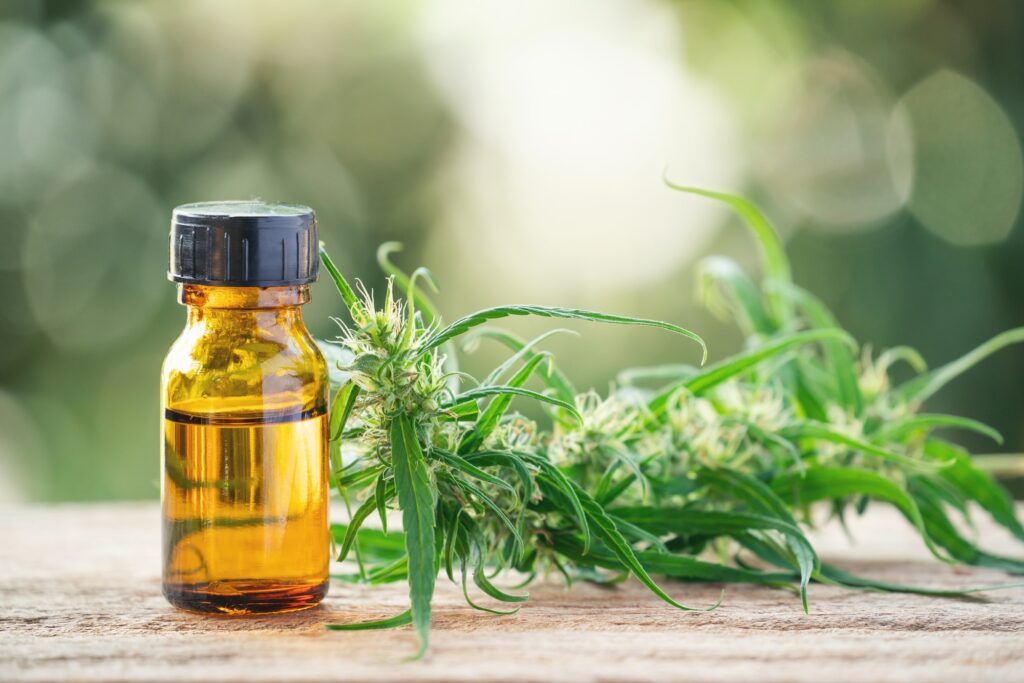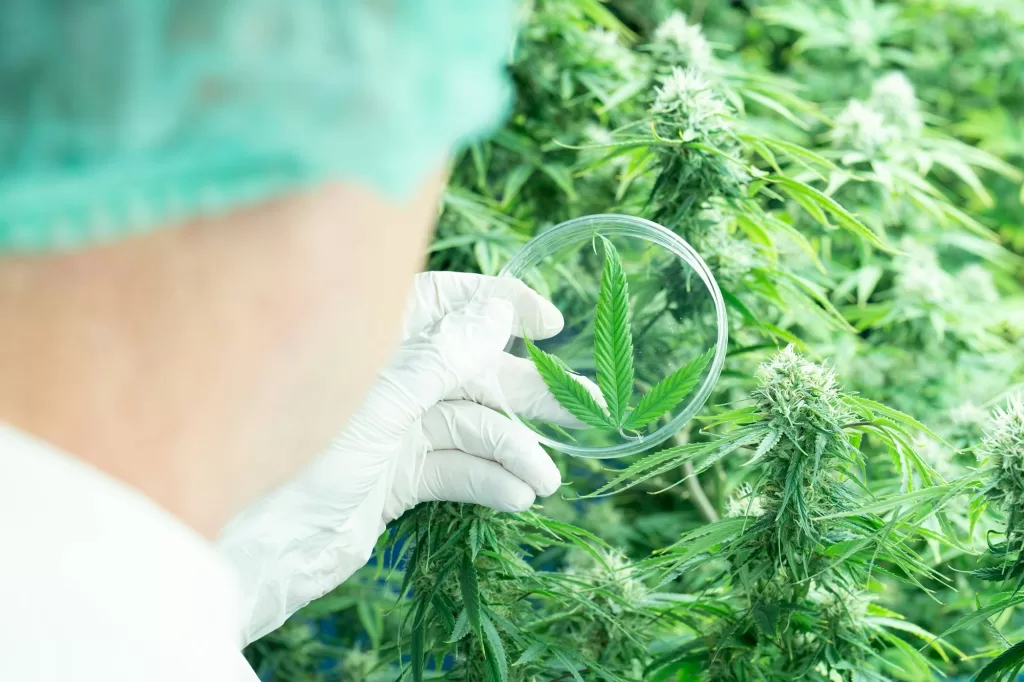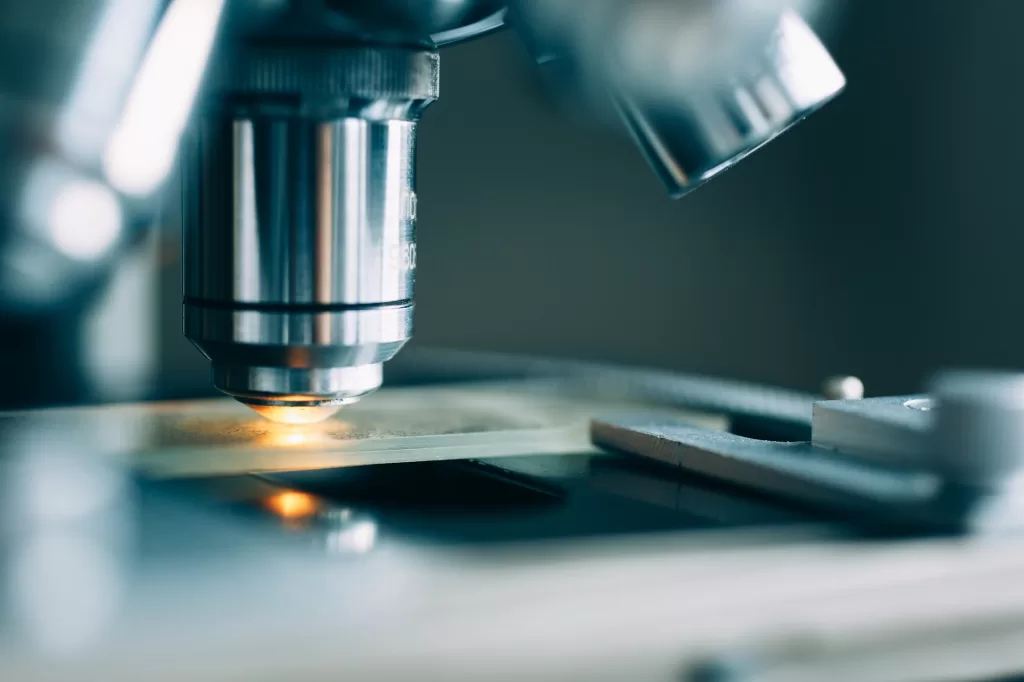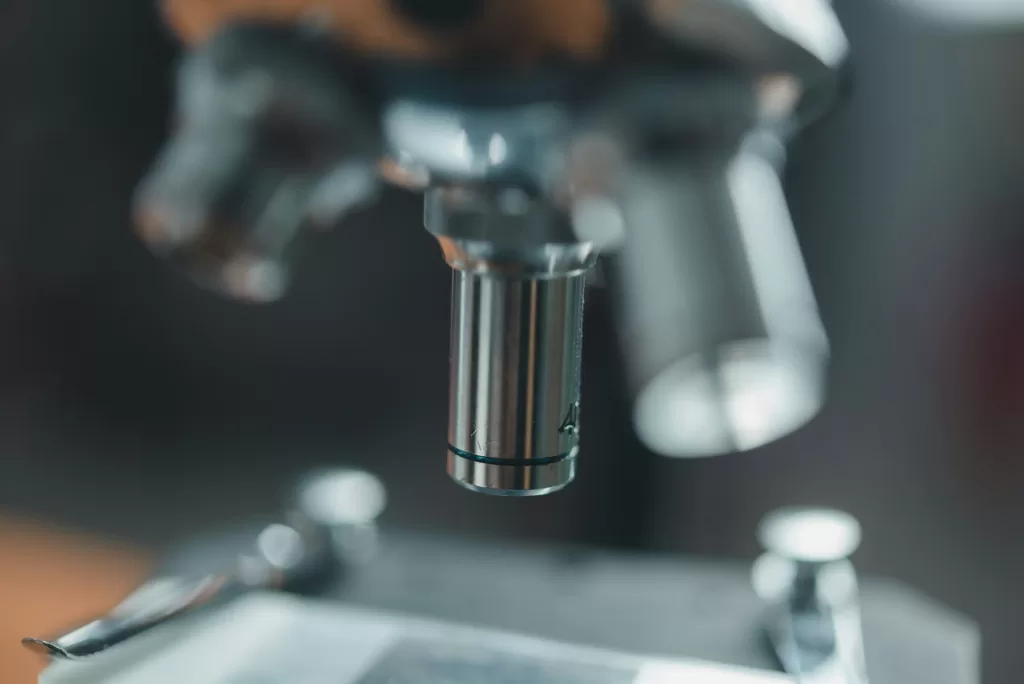Why analysis for Cannabinoid?
The most common delineation between cannabinoid plant varieties is:
- Those that contain relatively high concentrations of the cannabinoid THC- Commonly referred to as marijuana, pot or weed.
- Those that contain little to no THC- known as hemp
Cannabis plants naturally produce what is known as phytocannabinoids. While there are many different phytocannabinoids produced only one is known to be physiologically psychoactive, Tetrahydrocannabinol or simply THC. The two primary phytocannabinoids in cannabis are THC and Cannabidiol or CBD. Hemp is comparatively free of THC at an accepted concentration of 0.3% or less whereas Marijuana is generally around 3-20% THC.
Analysis and profiling the THC concentration for cannabinoids is the only way to differentiate between Marijuana and Hemp. In addition by knowing cannabinoid breakdown for a given product is helpful for enabling doctors, patients, and recreational consumers to predict effects and determine an effective dose. It is also useful for tracking effects and comparing products, so that consumers can identify additional products that will produce a similar physiological response.
Cannabinoid Potency Profile Analysis?
Cannabinoids are unique, odorless chemical compounds produced in cannabis plants. All cannabinoids are assumed to originate from acidic cannabinoid forms, with CBGA suspected as the precursor of all other cannabinoids. Of the chemical compounds generally referred to as cannabinoids, only Δ9-THC, Δ8-THC, and CBN are known to bind to cannabinoid receptors located throughout the body. The binding of cannabinoids to cannabinoid receptors can induce a variety of physiological processes, such as effects on appetite, pain-sensation, mood, and memory. For this reason, it can be useful to calculate a product’s total THC, expressed as
Total THC = Δ9-THC + (0.877 × Δ9-THCA).
A cannabinoid profile is considered the primary measure of product potency, as cannabinoids play a significant role in producing the physiological effects that result from cannabis consumption. Acidic cannabinoids do not decarboxylate under normal conditions, however, exposure to heat, light, and air appears to cause the major cannabis constituents to degrade into a wide array of minor cannabinoids, some of which are psychoactive. For this reason, it is useful to measure the various cannabinoids that may be present in a cannabis product and quantify the total amount of cannabinoids and THC that someone can expect to consume.
Through chemical analysis, our team identifies the presence and concentration of up to 10 different phytocannabinoid compounds, which are reported as a weight-based percentage.
| Δ9-Tetrahydrocannabinol Δ9-THC | Δ8-Tetrahydrocannabinol Δ8-THC | ||
| Physical Effects | Primary psychoactive cannabinoid | Physical Effects | Lesser psychoactive cannabinoid |
| CAS # | 1972-08-3 | CAS # | 1972-08-3 |
| Formula | C₂₁H₃₀O₂ | Formula | C₂₁H₃₀O₂ |
| Mass | 314.45 g/mol | Mass | 314.45 g/mol |
| Tetrahydrocannabivarin THCV | Tetrahydrocannabinolic Acid THCA | ||
| Physical Effects | Non-psychoactive | Physical Effects | Non-psychoactive, antibacterial |
| CAS # | 28172-17-0 | CAS # | 23978-85-0 |
| Formula | C₁₉H₂₆O₂ | Formula | C₂₂H₃₀O₄ |
| Mass | 286.41 g/mol | Mass | 358.478 g/mol |
| Tetrahydrocannabivarin Acid THCVA | Cannabidiol CBD | ||
| Physical Effects | Non-psychoactive | Physical Effects | Non-psychoactive |
| CAS # | 28172-17-0 | CAS # | 13956-29-1 |
| Formula | C₁₉H₂₆O₂ | Formula | C₂₁H₃₀O₂ |
| Mass | 286.41 g/mol | Mass | 314.46 g/mol |
| Cannabidiolic Acid CBDA | Cannabidivarin CBDV | ||
| Physical Effects | Non-psychoactive | Physical Effects | Non-psychoactive |
| CAS # | 1244-58-2 | CAS # | 24274-48-4 |
| Formula | C22H30O4 | Formula | C₁₉H₂₆O₂ |
| Mass | 358.5 g/mol | Mass | 286.41 g/mol |
| Cannabidivarin Acid CBDVA | Cannabichromene CBC | ||
| Physical Effects | Non-psychoactive | Physical Effects | Non-psychoactive |
| CAS # | 24274-48-4 | CAS # | 20675-51-8 |
| Formula | C₁₉H₂₆O₂ | Formula | C₂₁H₃₀O₂ |
| Mass | 286.41 g/mol | Mass | 314.469 g/mol |
| Cannabichromenic Acid CBCA | Cannabigerol CBG | ||
| Physical Effects | Non-psychoactive | Physical Effects | Non-psychoactive |
| CAS # | 20408-52-0 | CAS # | 25654-31-3 |
| Formula | C22H30O4 | Formula | C₂₁H₃₂O₂ |
| Mass | 358.5 g/mol | Mass | 316.485 g/mol |
| Cannabigerol Acid CBGA | Cannabinol CBN | ||
| Physical Effects | Non-psychoactive | Physical Effects | Minor psychoactive cannabinoid |
| CAS # | 25654-31-3 | CAS # | 521-35-7 |
| Formula | C₂₁H₃₂O₂ | Formula | C₂₁H₂₆O₂ |
| Mass | 316.485 g/mol | Mass | 310.4319 g/mol |
| Cannabicyclol CBL | Cannabinolic Acid CBNA | ||
| Physical Effects | Non-psychoactive | Physical Effects | Non-psychoactive |
| CAS # | 21366-63-2 | CAS # | 2808-39-1 |
| Formula | C₂₁H₃₀O₂ | Formula | C22H26O4 |
| Mass | 314.462 g/mol | Mass | 354.4 g/mol |
Instrumentation and Techniques
We perform our cannabinoid testing on state-of-the-art Agilent Technologies, High Performance Liquid Chromatography with Diode Array Detection. This allows us to run spectral analysis for confirmation of results.
What Sets Us Apart?
Having the right equipment is critical, but it is only part of the equation, and the human element remains relevant and important. The AccuScience management team has more than 100 years of collective analytical testing experience, and we work in a testing facility set to the standards of ISO17025 for pharmaceutical and environmental laboratories. By strictly following these guidelines, we deliver the most accurate and legally defensible results in the industry.
Sample requirement: less than 5.0 gram of samples








